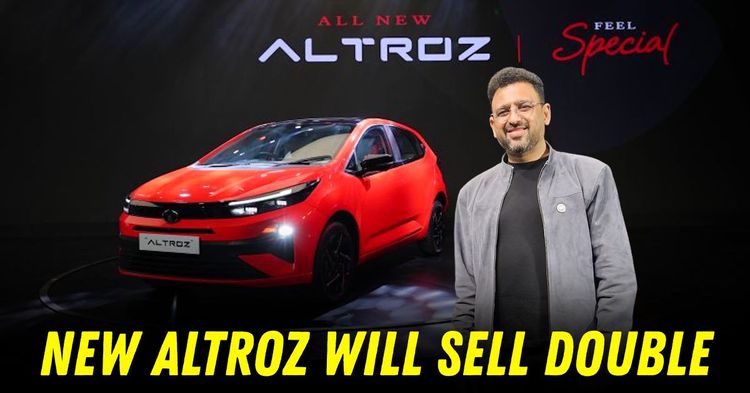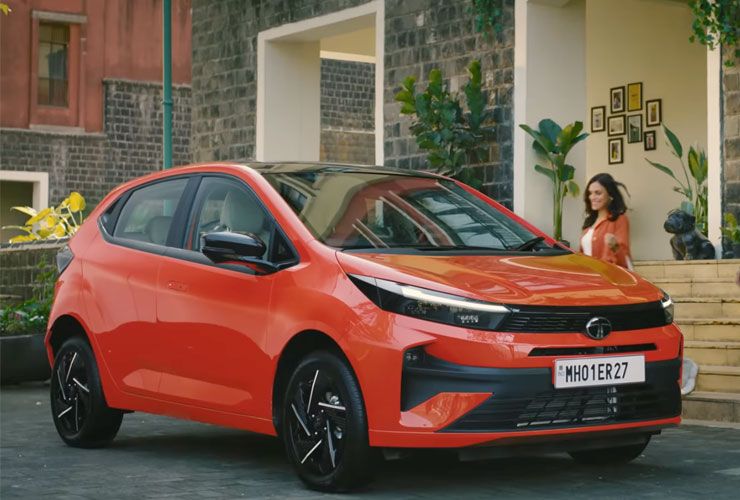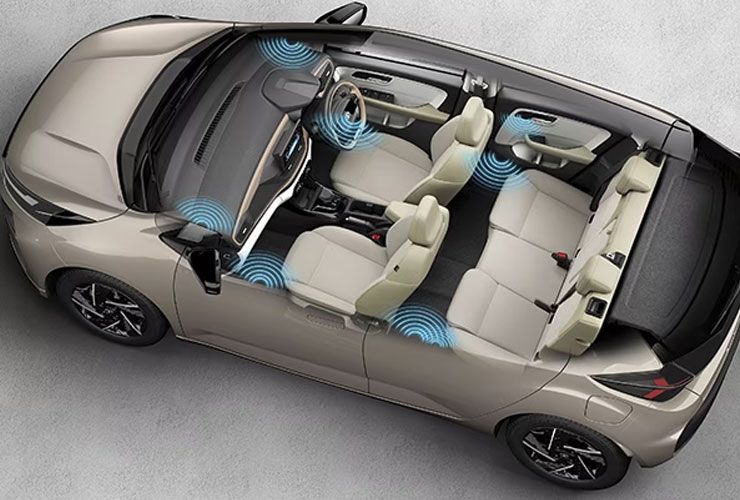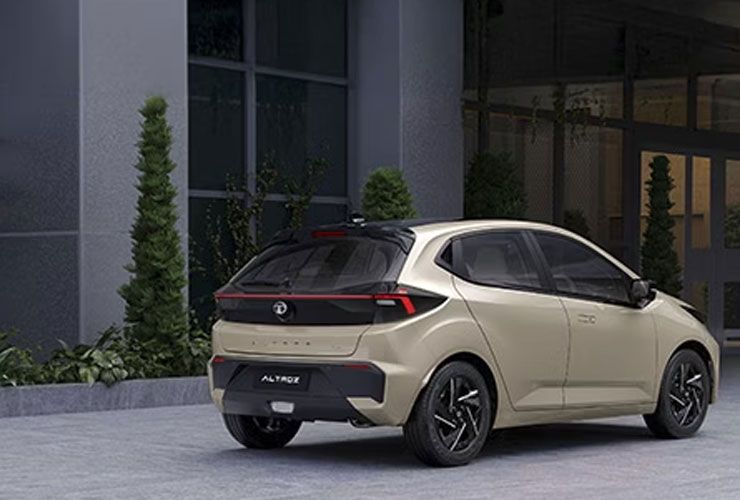Altroz Sales To Double: Tata Motors CCO Explains


Tata Motors has set an ambitious target to double the sales of its premium hatchback, the Altroz, despite operating in a segment that has seen its market share plummet from nearly 48 per cent to just 22 per cent over six years. Vivek Srivatsa, Chief Commercial Officer at Tata Motors, believes the recently launched Altroz facelift can reclaim lost ground, potentially doubling monthly volumes from current levels while targeting a 25 per cent market share in the premium hatchback space.

The numbers tell a sobering story. The Altroz, which once commanded a healthy 25 per cent share of the premium hatchback segment with annual sales of around 70,000 units, saw its market position erode to just 12 per cent due to delayed product updates.
Current monthly sales hover around 2,779 units, representing a modest 21 per cent month-on-month growth in May 2025. With the premium hatchback segment accounting for 25,000 to 30,000 monthly sales across all brands, Tata is eyeing 6,000 to 7,000 Altroz units per month.
What makes Tata's confidence particularly intriguing is the broader context of hatchback sales. While the segment's overall market share has contracted dramatically, the absolute numbers haven't fallen as sharply due to the expanding passenger vehicle market, which grew from approximately 25 lakh units in 2018 to over 40 lakh in 2024. More tellingly, premium hatchbacks now represent 32 per cent of the hatchback segment, up from just 10 per cent a decade ago.

This shift reflects changing buyer behaviour. Where entry-level hatchbacks once dominated, stricter safety and emission norms have pushed production costs higher, eroding their price advantage. Consumers have responded by leapfrogging into premium hatchbacks or compact SUVs, viewing cars increasingly as symbols of identity rather than mere utility.
The demographic transformation is equally striking. Currently, 70 per cent of premium hatchback buyers are first-time car purchasers, a dramatic increase from 40 per cent in 2020. These buyers are skipping the traditional step-up model, entering the market directly at a higher tier rather than starting with basic models and upgrading later.

The 2025 Altroz facelift, launched at an introductory price of ₹6.89 lakh and going up to ₹11.49 lakh, represents Tata's most comprehensive attempt to recapture market attention. The refresh includes design updates inspired by the 2018 45X concept, featuring flush door handles, redesigned LED lighting, and a 10.25-inch touchscreen infotainment system.
Crucially, the Altroz remains the only diesel hatchback available in the country, offering buyers a choice between petrol, turbo-petrol, diesel, and CNG variants paired with manual, AMT, and dual-clutch automatic transmissions. This multi-powertrain approach mirrors Tata's successful strategy with models like the Nexon and Tiago, where offering diverse options has strengthened market position.
However, challenges remain significant. There are persistent concerns about the Altroz's naturally aspirated petrol engine, describing it as "under-powered, lame and noisy". The publication notes that while the car excels in build quality, safety, and space, engine refinement remains a weakness compared to segment leaders like the Maruti Baleno.
The dual-clutch automatic variant was better with smooth transmission though the engine is a bit "dull”. This suggests that while Tata has addressed many areas, powertrain refinement could still hamper broader market acceptance.
The competitive landscape also presents hurdles. The Maruti Baleno continues to dominate with over 16,000 monthly sales, while the Hyundai i20 maintains strong performance with around 14,000 units. Both rivals benefit from established service networks and brand perception advantages that Tata is still working to overcome.

Tata's Altroz strategy reflects a broader bet on premiumisation within shrinking segments. The company has successfully demonstrated this approach with special editions, where dark variants of the Harrier and Safari now account for 30-35 per cent of their respective sales. The Altroz Racer edition served a similar purpose, maintaining consumer interest during the gap before the major facelift.
Whether this calculated gamble pays off depends largely on execution. With hatchback market share stabilising around 20-22 per cent of total passenger vehicle sales, Tata's success will hinge on capturing a larger slice of this smaller pie. The company's improved focus on after-sales service, network expansion, and AI-based diagnostic tools could prove decisive in converting product improvements into sustained sales growth.
The Altroz's journey from market leader to also-ran and potentially back again encapsulates the challenges facing traditional body styles in an SUV-obsessed market. Tata's confidence in doubling sales may seem optimistic, but in a segment where only three to four serious players remain, even modest improvements in product appeal could yield disproportionate rewards.